Embedded processors are a fundamental component of modern technology, powering everything from smartphones and smart home devices to cars and medical equipment. Despite their ubiquitous presence, many people are unfamiliar with what an embedded processor is and how it works. In this article, we will explore the basics of embedded processors and their applications.
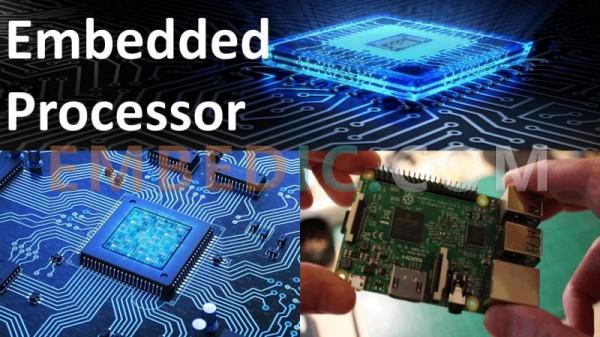
An embedded processor is a type of microprocessor that is specifically used in embedded systems. It usually has a small size, low power consumption, low cost and high efficiency. Embedded processors typically do not run faster than a few hundred megahertz, but due to their highly optimized architecture and instruction set, they are capable of running faster than typical PC processors.
Embedded processors are typically used in consumer electronics such as smartphones, digital cameras, set-top boxes, and in embedded systems such as industrial control, medical devices, and traffic control. Compared with microcontrollers, embedded processors offer higher performance and greater scalability, but require more complex software development and system debugging.
#1 Microprocessor
The embedded microprocessor (MPU) evolved from the CPU in general-purpose computers. It is characterized by a processor with more than 32 bits, with higher performance, and of course its price is correspondingly higher.
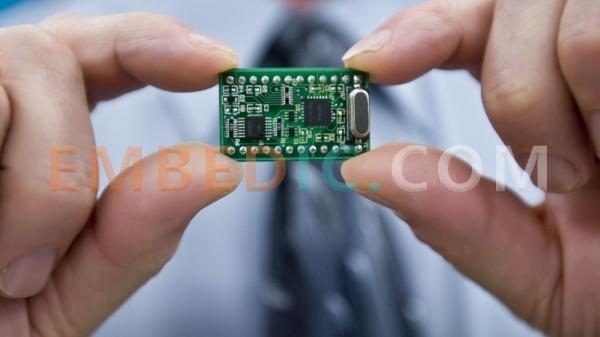
Compared with industrial control computers, embedded microprocessors are welecomed for their small size, light weight, low cost and high reliability features. There are popular types of embedded processors, such as Am186/88, 386EX, SC-400, Power PC, 68000, MIPS, ARM/ StrongARM series and so on.
#2 Microcontroller
The typical representative of embedded microcontroller (Microcontroller Unit, MCU) is the microcontroller, from the late 70's microcontroller to today, although it has been more than 20 years of history, but this 8-bit electronic devices in embedded devices still have an extremely wide range of applications.
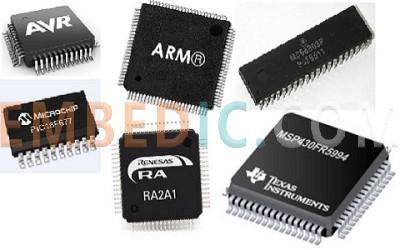
The microcontroller chip internally integrates various necessary functions and peripherals such as ROM/EPROM, RAM, bus, bus logic, timing/counter, watchdog, I/O, serial port, pulse width modulation output, A/D, D/A, Flash RAM, EEPROM, etc. Compared with embedded microprocessors, the most important feature of microcontrollers is monolithic and greatly reduced in size, which results in lower power consumption and cost and higher reliability. Microcontroller is the mainstream of the current embedded system industry. Microcontroller on-chip peripheral resources are generally richer and suitable for control, so called microcontroller.
Because of the MCU low price, excellent features, so has the most variety and number, more representative microcontroller types including 8051, MCS-251, MCS-96/196/296, P51XA, C166/167, 68K series and MCU 8XC930/931, C540, C541, and there is support for I2C, CAN-Bus MCU accounts for about 70% of the market share of embedded systems. avr microcontroller from Atmel has a high cost performance because of its integration of FPGA and other devices, which will certainly promote the development of microcontrollers to a higher level.
#3 DSP processors
Embedded Digital Signal Processor (EDSP) is a processor specially designed for signal processing, which has a high compilation efficiency and instruction execution speed due to its special design in terms of system structure and instruction algorithm. DSP has been used on a large scale in various instruments such as digital filtering, FFT, and spectral analysis.
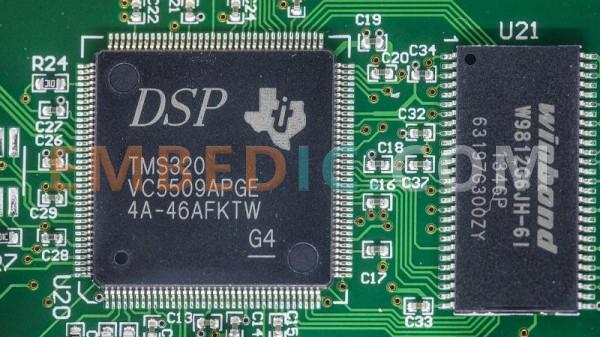
The theoretical algorithm of DSP has appeared in the 70's, but since the specialized DSP processor has not yet appeared, this theoretical algorithm can only be realized by discrete components such as MPU, etc. The lower processing speed of MPU cannot meet the algorithm requirements of DSP, and its application area is only limited to some cutting-edge high-tech fields.
As we know that the first DSP chip was born in 1982, its computing speed was much faster than MPU, and it was widely used in speech synthesis and codecs. By the mid-80s, with the progress and development of CMOS technology, the second generation of CMOS process-based DSP chips came into being, and its storage capacity and computing speed were multiplied and became the basis of speech processing and image hardware processing technology. In the late 80's, DSP computing speed was further increased and the application areas were expanded from the above-mentioned range to communications and computers.
The most popular used DSP processors are TI's TMS320C2000/C5000 series, Intel's MCS-296 and Siemens' TriCore.
#4 System on Chip
Embedded System On Chip (SOC): SoC is one of the hot topics in the field of embedded applications in pursuit of the most inclusive integrated device in the product system, and the most important feature of SOC is that it successfully realizes the seamless combination of hardware and software and embeds the code module of operating system directly in the processor chip. Moreover, SOC is extremely comprehensive, using hardware description language such as VHDL inside a silicon chip to realize a complex system.
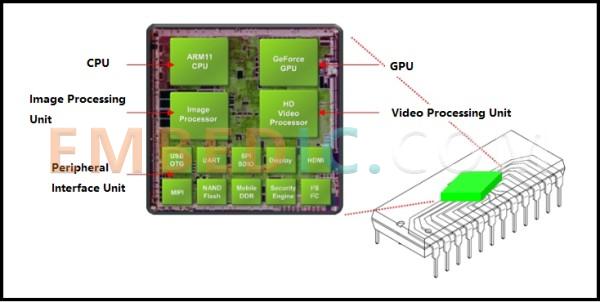
Users no longer need to draw a large and complex circuit board, as in traditional system design, a little bit of connection welding system, only need to use the precise language, integrated timing design directly in the device library to call a variety of common processor standards, and then through the simulation can be directly delivered to the chip manufacturer for production.
Since the vast majority of system components are inside the system, the whole system is particularly simple, not only reducing the size and power consumption of the system, but also improving the reliability of the system and improving the design and production efficiency.
Similar Read:
1. Strong support for real-time multi-tasking, multi-tasking and short interrupt response time, so that the internal code and real-time core execution time is reduced to a minimum.
2. It has a strong function of storage area protection function. This is due to the embedded system software structure has been modularized, and in order to avoid the cross-role of errors between software modules, the need to design a strong memory protection function, but also facilitate software diagnosis.
3. Scalable processor architecture to be able to most quickly carry out to meet the application of the highest performance of the embedded microprocessor.
4. Embedded microprocessors must be very low power consumption, especially for portable wireless and mobile computing and communication devices rely on battery-powered embedded systems are more so, such as the need for power consumption of only mW or even μW level.
Here are some advantages of embedded processors:
In conclusion, embedded processors are a critical component of the technology we use every day. They enable the devices we rely on to function seamlessly and efficiently, without us even noticing their presence. As technology continues to advance, we can expect embedded processors to become even more prevalent and sophisticated. By understanding the fundamentals of embedded processors, we can better appreciate the role they play in our daily lives and the exciting possibilities they hold for the future.
Manufacturer: Texas Instruments
IC DSP FIX/FLOAT POINT 176HLQFP
Product Categories: DSP
Lifecycle:
RoHS:
Manufacturer: STMicroelectronics
IC MCU 32BIT 16KB FLASH 48LQFP
Product Categories: 32bit MCU
Lifecycle:
RoHS:
Manufacturer: Texas Instruments
IC DSP FIX/FLOAT POINT 256BGA
Product Categories: DSP
Lifecycle:
RoHS:
Manufacturer: Texas Instruments
IC DGTL MEDIA PROCESSR 684FCBGA
Product Categories: DSP
Lifecycle:
RoHS:
Looking forward to your comment
Comment